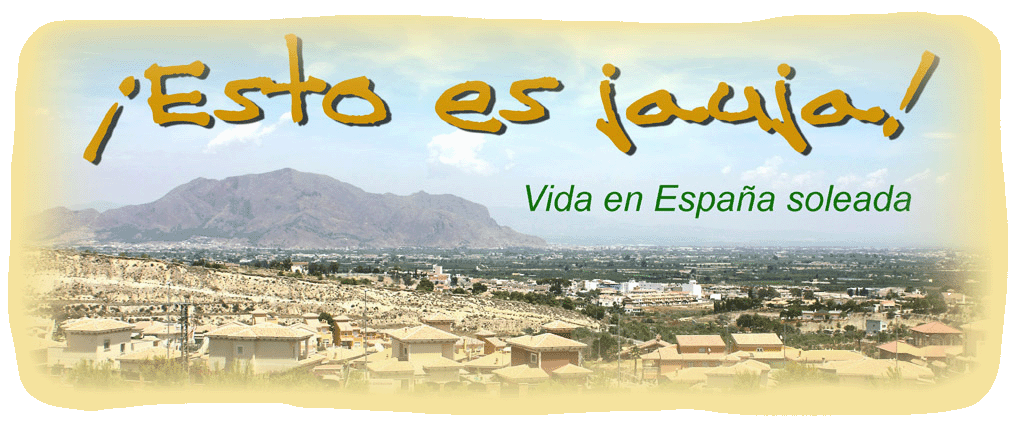As the construction business ground to a halt, many towns in the Vega Baja thought to turn to tourism as an alternative source of revenue. Most of the coastal towns already enjoy a healthy tourist trade as do cities like Orihuela during festivities. Other inland towns now want to try and cash in on that source of income.
Tourism can be a double edged sword though, too much is as bad as too little; take the case of Venice which is under threat.
A group called Italia Nostra - Our Italy - has been campaigning to discourage mass tourism in the city and instead target high-spending visitors arguing that the 60,000 tourist a day average is nearly double the sustainable amount. The lobby group argues that the increasing number of giant cruise ships are exacerbating problems by eroding the fragile mud banks.
Another group is campaigning against what it calls the “inexorable slide into theme park status”. Residents belonging to the network Venessia.com argue that the city is being drained of normal life as high rents and lack of jobs drive out residents. They are argue that grocery stores are being turned into trinket shops and historic apartment buildings converted into bed and breakfasts.
In November 2009 residents staged a mock funeral for the city to lament the fact that the population had dropped below 60,000 for the first time in centuries.
Of course, it isn’t just tourism that is destroying Venice; sea level rises and more frequent storms are expected to increase the level of the Venetian lagoon by some 20 inches by the end of the century. High tides, particularly during the winter, already flood much of the city, including St Mark’s Square, the focus for millions of tourists.
Dredging, landfill and the construction of a huge new satellite city on the Italian mainland, a few miles from Venice, are radically changing the lagoon’s ecosystem and posing enormous risks to the survival of one of the world’s most beautiful urban environments, campaigners argue.
The city’s Commission to Safeguard Venice has said that a proposed construction of a six-mile-long underwater subway linking the mainland to Venice risked becoming an “ecological disaster”.
In an attempt to save the city, Italians are building a £3 billion flood barrier, named Moses, consisting of 78 giant steel gates across the three inlets through which water from the Adriatic surges into Venice’s lagoon.The project, due to be operational in 2014, will like its namesake literally turn back the waves, regulating the flow of water from the sea. Let us hope that it works.

No comments:
Post a Comment